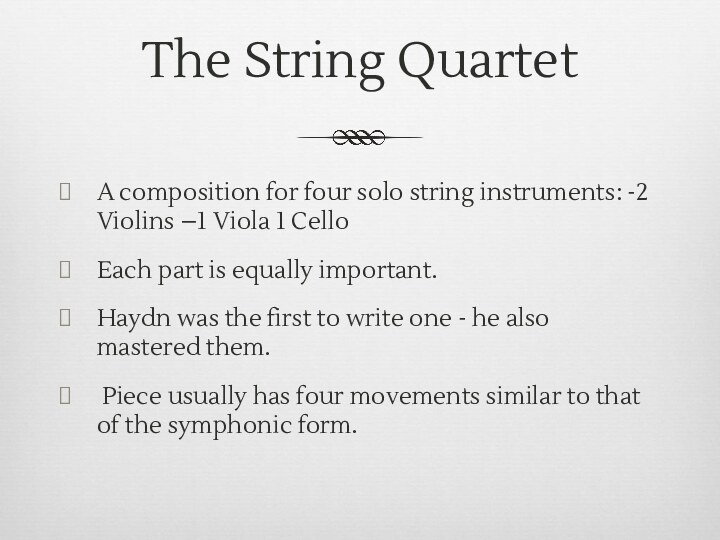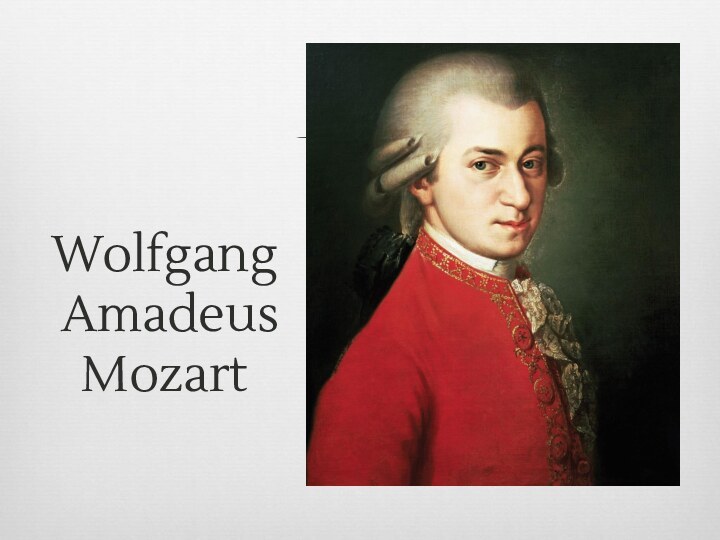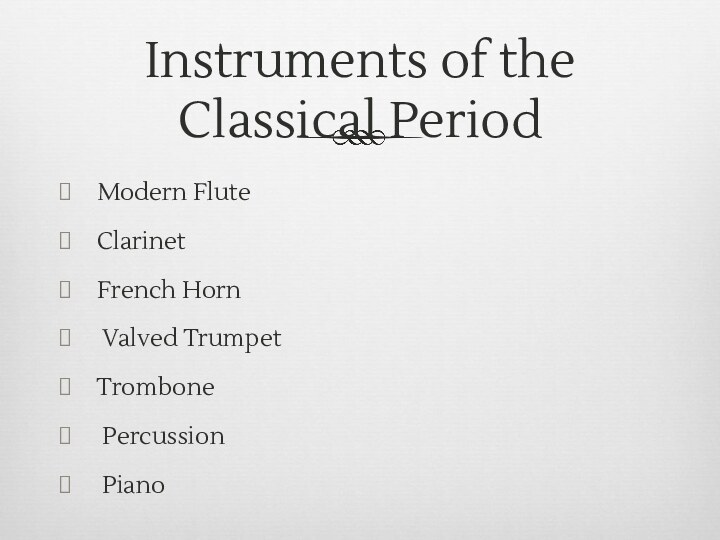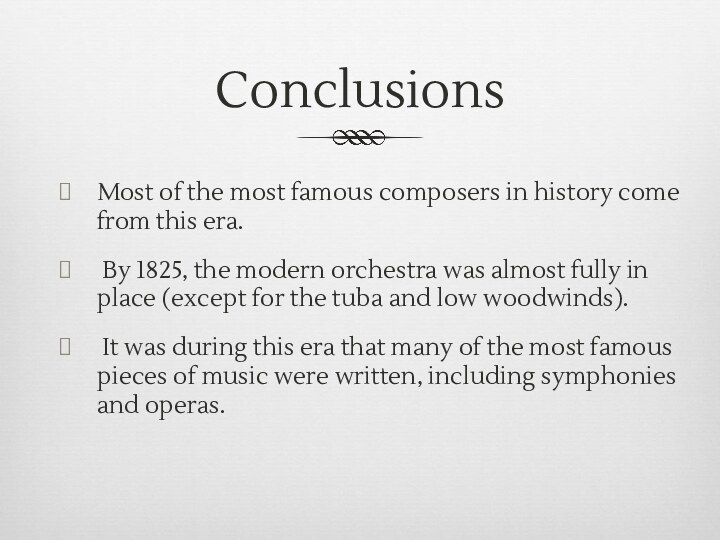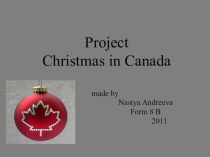musicians and architects waned to get away from the
strange opulence of the Baroque period and move to emulate the clean, uncluttered style of Classical Greece.The period is called Classical because of that desire to emulate the works of the ancient Greeks










